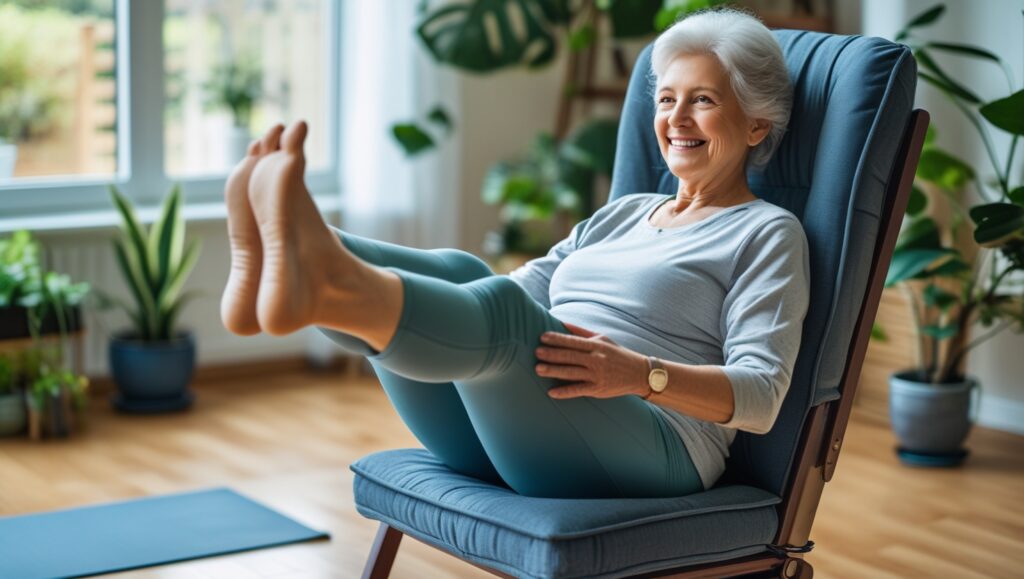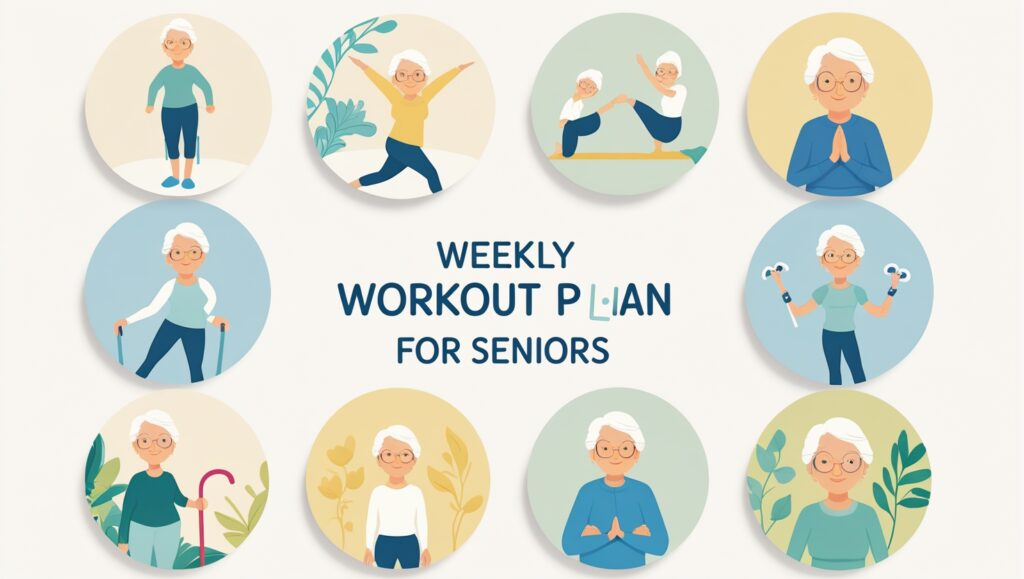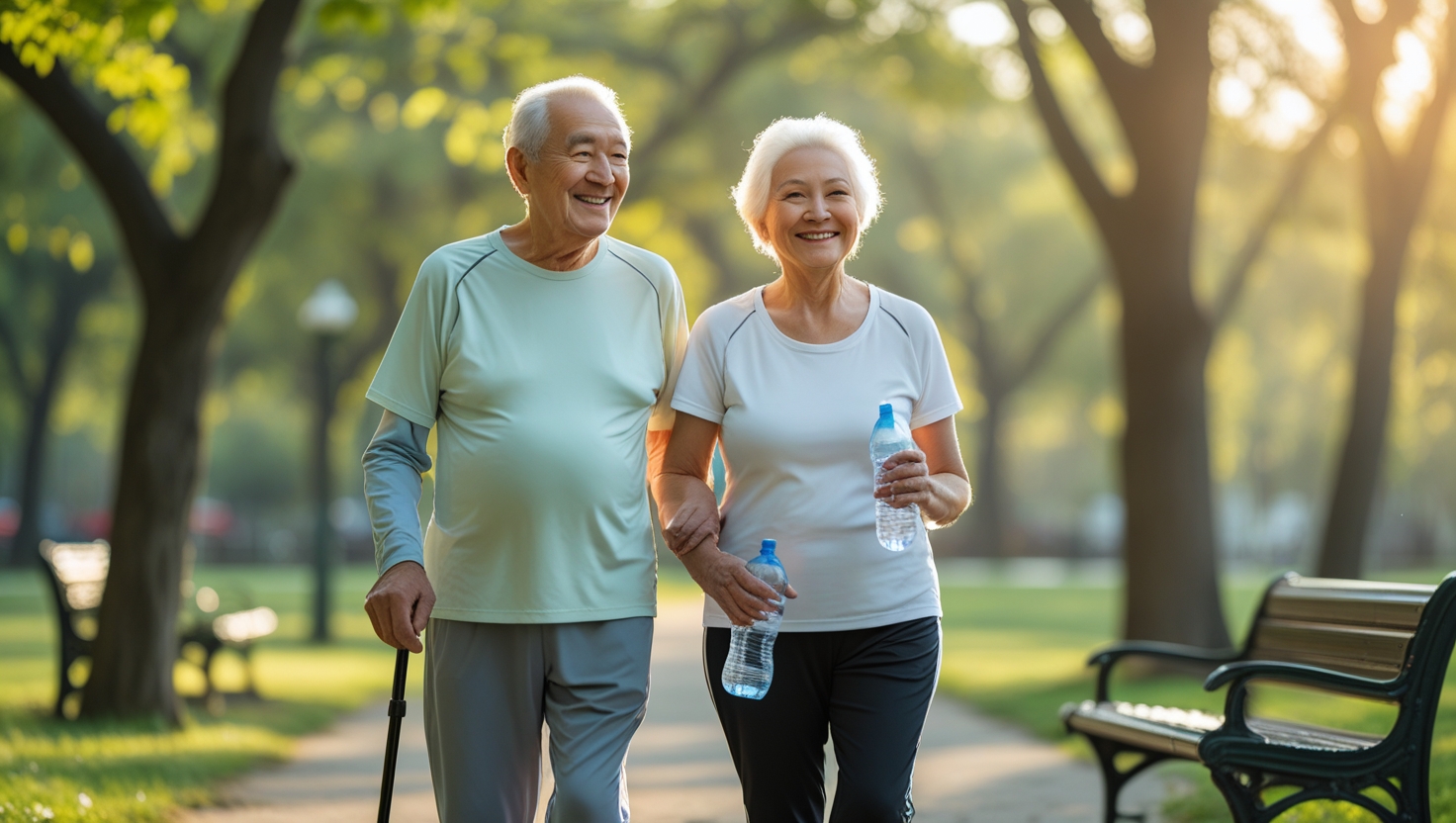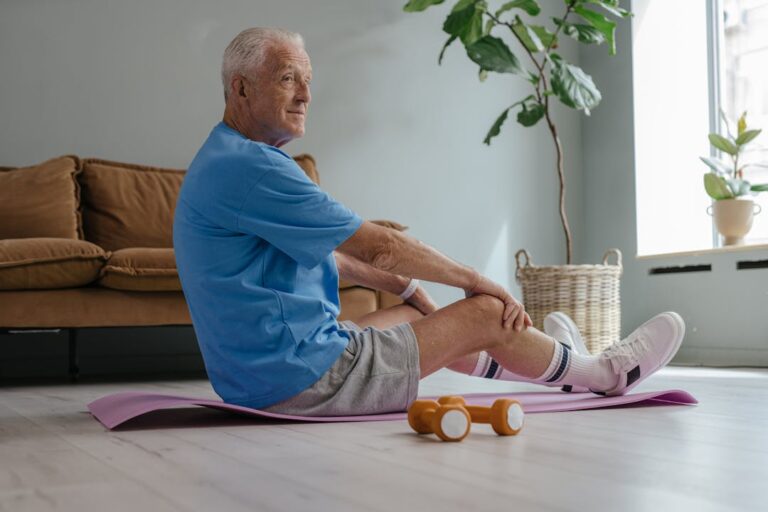Exercise for the Elderly: Safe Workouts to Stay Active and Healthy
Staying active in your senior years is one of the best ways to maintain health, mobility, and independence. Exercise for the elderly isn’t about intensity—it’s about consistency, safety, and improving overall well-being. Whether you’re new to fitness or looking to maintain your activity level, there are gentle, effective exercises tailored for you.
Why Exercise Matters for the Elderly
As we age, muscle mass, bone density, and flexibility naturally decline. Regular exercise for the elderly can help delay these changes. It boosts balance, reduces the risk of falls, strengthens the heart, and improves mental health. Most importantly, it helps seniors stay independent longer.
According to the CDC, even light physical activity can make a significant difference in older adults’ lives. That means you don’t have to do intense workouts—a few minutes of movement daily can greatly improve your health.

Best Types of Exercise for the Elderly
1. Walking
Walking is one of the safest and most accessible exercises for seniors. It helps maintain cardiovascular health, improve mood, and support joint mobility. A 15–30-minute walk daily is a great goal.
2. Chair Exercises
Chair workouts for seniors are ideal for those with limited mobility. Seated leg lifts, arm circles, and gentle stretches can improve flexibility and circulation without putting strain on joints.
3. Balance Workouts
Balance-focused exercises such as standing on one leg or using a stability ball can prevent falls—one of the leading causes of injury in older adults.
4. Strength Training with Resistance Bands
Light resistance training improves muscle tone and bone health. Resistance bands are safe and easy to use at home.
5. Water Exercises
Swimming or water aerobics are gentle on joints but excellent for cardiovascular and muscular strength.
Creating an Elderly Exercise Program
Starting a personalized elderly exercise program can be simple. Begin with a warm-up like shoulder rolls or ankle circles. Follow with 10–15 minutes of light cardio (like walking), a few minutes of strength or balance training, and end with stretching.
Make sure to rest in between sessions and drink plenty of water. Most importantly, listen to your body—don’t push through pain.
Safety Tips Before You Begin
- Always consult your doctor before beginning a new workout routine.
- Start slow and increase intensity gradually.
- Use supportive shoes and a flat, clutter-free space.
- Keep a water bottle nearby.
- Consider exercising with a friend or caregiver for safety.

Sample Weekly Senior Workout Program
| Day | Exercise Focus |
|---|---|
| Monday | 20-min walk + Chair stretches |
| Tuesday | Resistance band strength training |
| Wednesday | Balance exercises (10 mins) + Walking |
| Thursday | Water exercises or seated yoga |
| Friday | Walking (30 mins) + light strength training |
| Saturday | Rest or light stretching |
| Sunday | Chair workouts + Breathing exercises |
Common Myths About Elderly Fitness
Myth 1: It’s too late to start.
Fact: Studies show that even starting at age 70+ can improve health.
Myth 2: Exercise will cause injury.
Fact: Safe senior workouts actually reduce injury risk by strengthening muscles and improving balance.
Chair-Based and Seated Exercise Options
For seniors who struggle with standing, seated exercises for the elderly are effective and safe. These include:
- Seated marches
- Arm raises
- Shoulder shrugs
- Neck stretches
- Seated leg extensions
These help maintain flexibility and mobility without risk.
Stay Motivated and Make It Fun
The key to sticking with any senior workout program is making it enjoyable. Listen to music, join a local senior group, or walk in a nearby park. Track your progress and celebrate small victories.
Remember, exercise for the elderly isn’t just about physical strength—it’s about enjoying life with more energy, fewer aches, and more confidence.
Final Thoughts
Exercise for the elderly plays a vital role in aging gracefully. Whether it’s walking, chair workouts, or light resistance training, staying active will support your physical and mental health. Choose activities you enjoy and adjust them to your comfort level.
🧠 Always consult with a healthcare provider before starting any new fitness program.
📢 Ready to start your journey to better health?
Explore more in our related guides like Chair Workouts for Seniors, Balance Workouts for Seniors, and Water Exercises for Seniors.
📌 Disclaimer
This article is for informational purposes only. It is not intended to offer medical advice, diagnosis, or treatment. Always speak with your healthcare provider before beginning any exercise program. See our Full Disclaimer and Terms of Use for more details.



